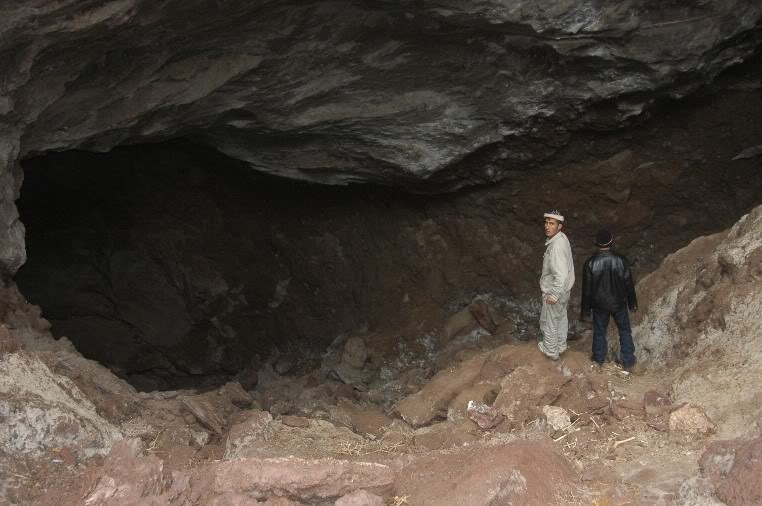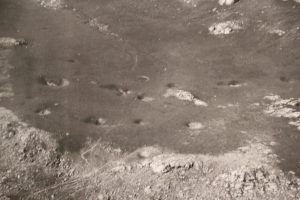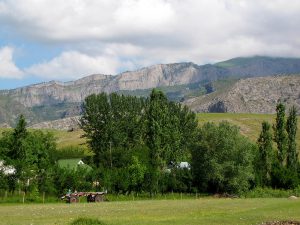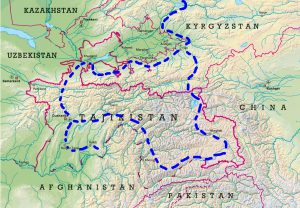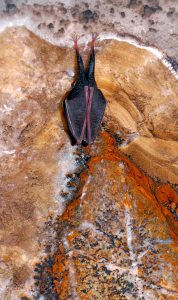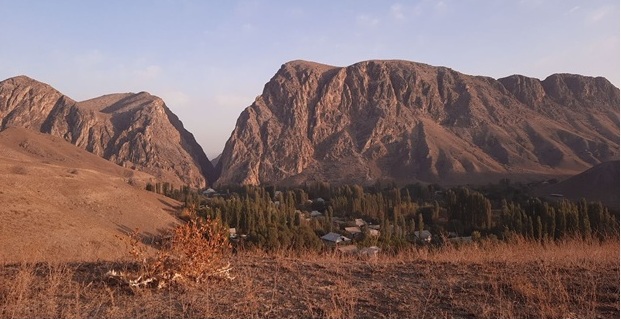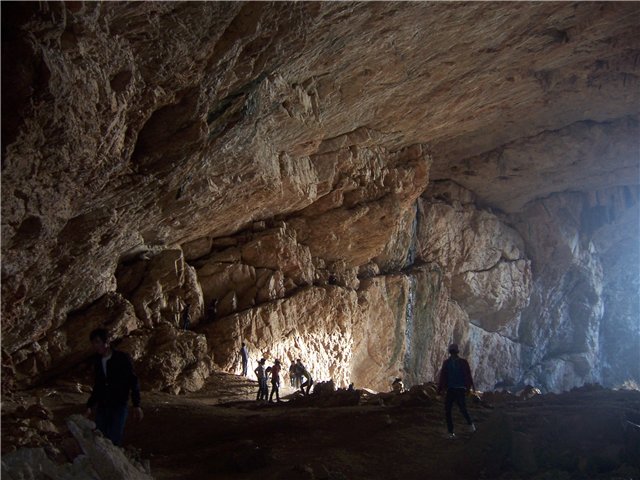
Speleological expedition to Baralday – September 2021. Expedition dates are not fixed.
We invite cavers and researchers to take part in a speleological expedition to a new karst area.
Only a good and experienced team of cavers will be able to explore the caves in this hard-to-reach area.
If you have a speleoclub, speleo federation or a separate team, you can choose the dates convenient for you.
The Baralday karst region is in southern Kazakhstan in the bordering zone with Uzbekistan. The Baralday mountain range makes southern tip of the Karatau mountain range.
The absolute height is 1813 m (Bokeytau). The length of the ridge from the northwest to the southeast is 70 km, the width in western part is 25-30 km, and in southeastern part 5-7 km. Surfaces of the mountains are aligned in the form of wide plateaus. There make their starts Boraldai and Kırshykty rivers. The mountains are composed of Carboniferous (C) limestones, partly limestones are breached by intrusive rocks, which is a good indication for caves formation with development of hydrothermal karst minerals. In distant geological epochs, an important factor for formation of caves were ascending streams of water that formed hypogenic karst. River feeding is bound to internal hydrogeological system of the ridge.
Hypogenic karst forms in the form of grottoes, niches and arches are widespread in Baraldai gorges, which indicates a possible formation of caves of hypogenic and epigenic genesis.
Geological conditions, climate and an abundance of precipitation in winter and spring, created favorable conditions for the formation of caves. Relative tectonic stability of the region contributed to active karst denudation, the speed of which exceeds the speed of tectonic movements, which have been developing in southern regions of Tien Shan.
Two gorges: Koshkar-Ata and Boraldai are of big interest. The area is poorly studied, due to vast areas of karst rocks it abounds with grottoes and attractive entrances (there are several links on the Internet about Auliye Cave on Baralday http://www.titus.kz/?previd=36655). The climate in spring is mild, March is not cold – about 20 degrees Celsius, in summer the temperature can reach +40 degrees.
The largest cave to date, has a length of 200 m, a height of 16-18 m, a width of 80 m. Large cavities are confined to zones of accumulation of lead-zinc ores (Karasai cave, Achisay). Therefore, some caves were ancient mines.
The Baralday massif is snow covered three months a year during the winter period, while many springs are unloaded at the base of slopes throughout the year. Permanent water sources indicate an extensive hydrogeological system inside the massif, which drains the entire area of limestone rocks composing the Baraldai Range. Possibly cavers have a chance to find water absorption places there.
There were launched several expeditions to the Baraldai Ridge, which searched for new caves. But limited time and human resources did not allow making serious discoveries there. Besides cavers, small caves of Baraldai were visited by archaeologists who made several discoveries:
https://pikabu.ru/story/yekspeditsii_v_litsakh__4_drevnie_peshcheryi_boraldaya_5632351
In 2019, during a reconnaissance international expedition, cavers found several interesting caves, including a flooded cave. Presumably, in that karst region could be formed rather long classic caves.
In 2021, our Foundation intends to conduct new research expeditions on karst and search for caves in the Baralday ridge. In our opinion, the most effective date for the expedition is first two weeks of June. Because in July and August the temperature reaches up to 40 degrees Celsius. The above period is enough to explore quite large areas and understand evolving prospects of the karst region.
Access roads to the massif have restrictions on transport, in connection with this, during the expedition, there would be a need to relocate the base camp. The effective number of participants is at least 10 people.
The gathering of participants should take place in the capital of Kyrgyzstan – Bishkek. If necessary, our Kazakh partners would render visa support to enter the country. The expedition’s transport includes mini bus Mercedes-Sprinter, and off-road military vehicle to overcome difficult terrain.
We provide all members with good tents (RedFox brand), and comfortable living and working conditions in the base camp. Our chef is proficient enough to cook excellently three meals a day. The chef is responsible for food quality, cleanliness in a kitchen, fresh food and prepares field lunches in case of radial exits.
All interested can take part in the expedition. We invite cavers, biologists and other scientists to the expedition. The most favorable time for the expedition is the first half of June
Targets and goals:
- Exploring known among locals caves.
- Search and exploration of new caves
- The study of entrances at hard-to-reach walls of canyons.
- Search and research of karst craters on the plateau.
- Geological exploration
- Hydrogeological studies
- Speleobiological studies



